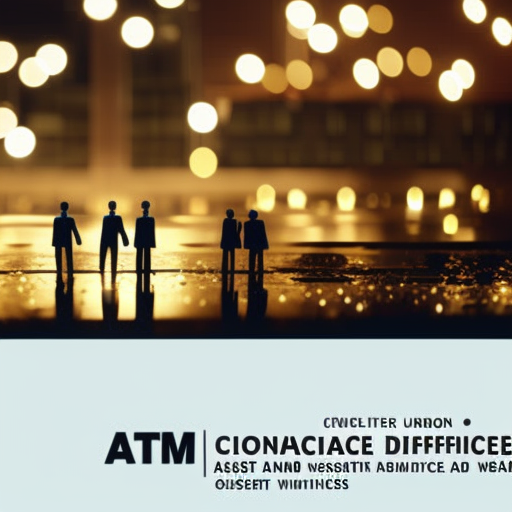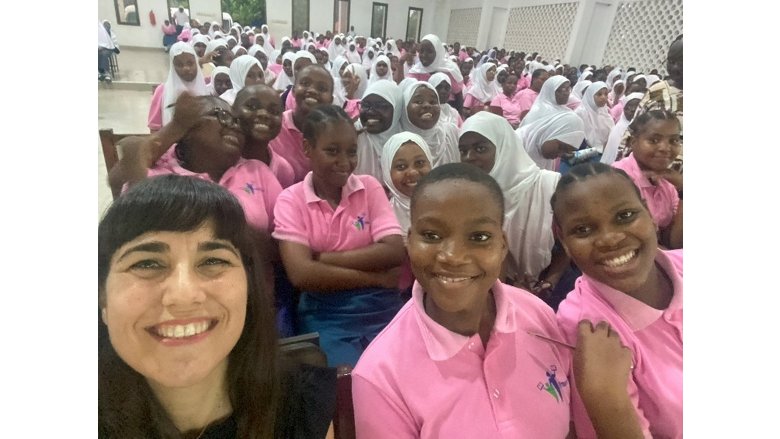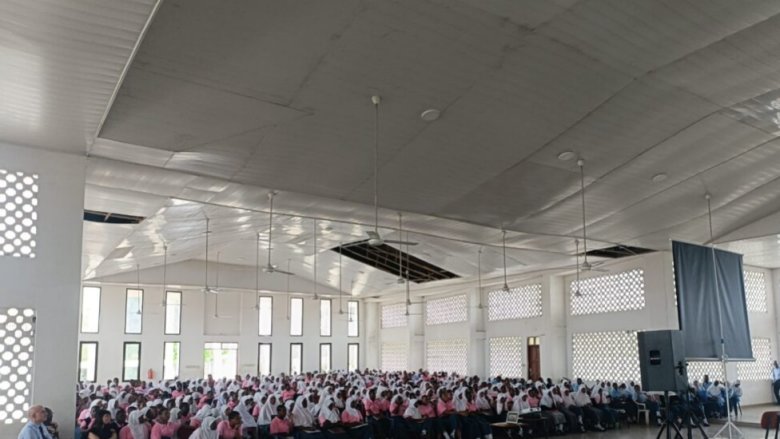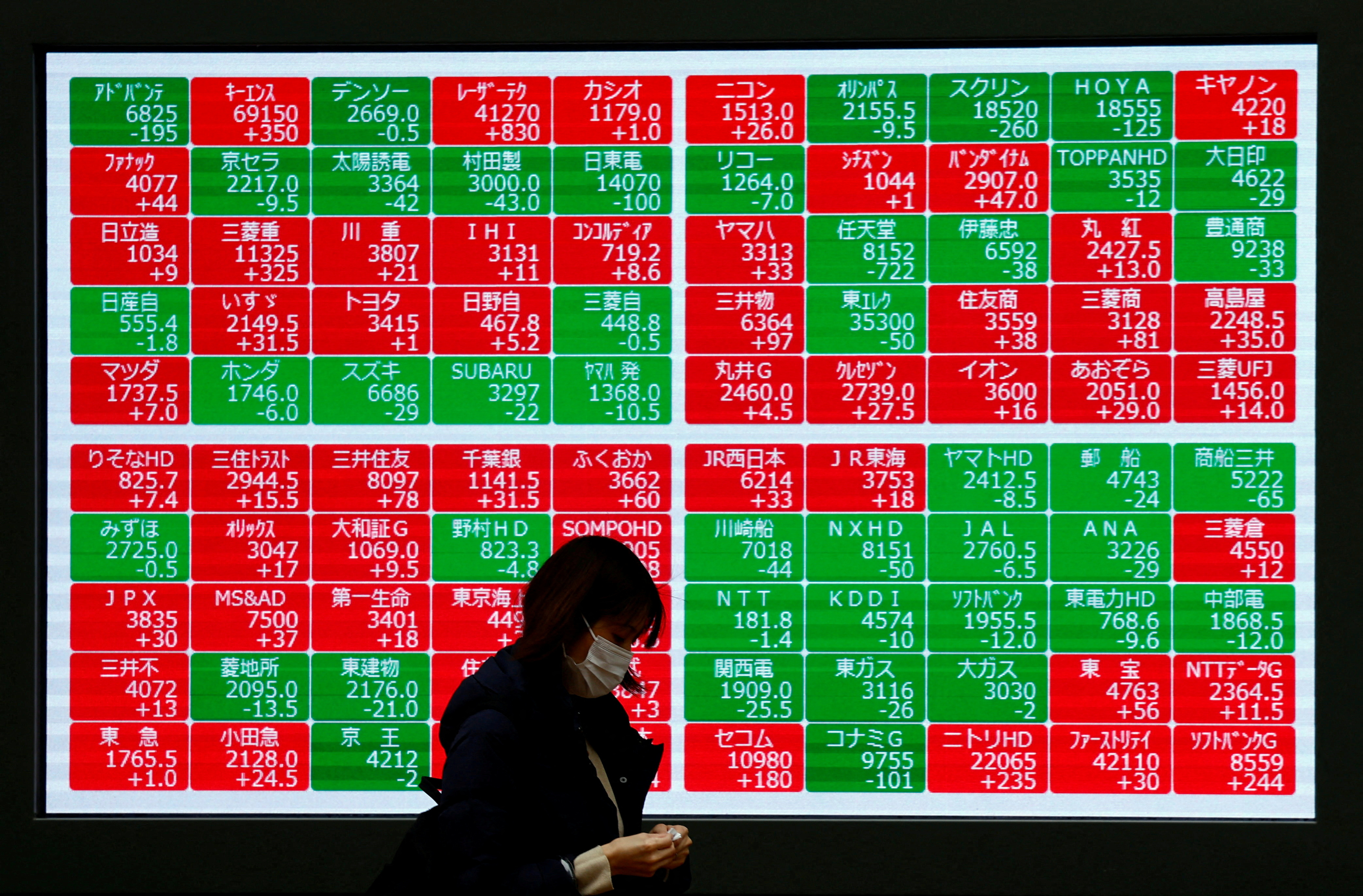
Sustainable Development Goals and Girls’ Involvement in STEM Education in Tanzania

“You cannot hope to build a better world without improving the individuals”
Marie Curie, Physicist and Mathematician.
Introduction
Around 40 percent of female students in Tanzania enroll in university courses, but only 24 percent choose a degree in Science, Technology, Engineering or Mathematics (STEM), according to a UNESCO report.
Literacy levels are on the rise in this East African country – despite disparities in rural and urban areas, as well as in primary and secondary education – but developing a systematic approach to foster young girls’ involvement in STEM is particularly important. It contributes to their economic independence, narrows the gender pay gap and ensures a diverse and talented STEM workforce.
The World Bank’s Initiative
Against this background, the World Bank Center for Development Data (C4D2), part of the Living Standards Measurement Study (LSMS), in partnership with the Eastern African Statistical Training Center (EASTC), and support from the Italian Agency for International Cooperation (AICS), organized an outreach initiative in Tanzania to encourage young female students to pursue a higher education degree in STEM. (*)
“Our goal was to shed light on the opportunities to follow a career path in STEM, statistics and data science. It was our first time organizing such an event, and it was a very positive experience. We hope to use it as a pilot test to increase our outreach efforts,” said Federico Polidoro, Senior Statistician at the C4D2 and lead of the team who travelled to Tanzania to implement the initiative.
The Outreach Initiative
Six public and private high schools were visited over six days – one each day. Around 3,500 female students, aged between 14 and 18 years old, who were enrolled in the Ordinary and Advanced level of Tanzania’s secondary educational system, participated in the activities planned as part of the C4D2 outreach initiative.

“I was close to the girls, they were smiley, enthusiastic, excited and curious. There was a warm and friendly atmosphere throughout,” said Maria Chiara De Sando, who supported the coordination of the event and is a Senior Program Assistant at the C4D2.
Empowering Women in Science
The activities organized for the visits to each of the schools – located in Tanzania’s largest city, Dar es Salaam, and the coastal city of Bagamoyo – included the screening of a film and a previously recorded interview with Dr. Albina Chuwa, Statistician General of the Tanzania National Bureau of Statistics (NBS).
Chuwa recounted her journey as a young female statistician and the multiple challenges she had to overcome. In 1986, she was one of only two women, out of 75 members of staff, at the Central Bureau of Statistics in Tanzania – as NBS was formerly known.
“I had to fight my way
SDGs, Targets, and Indicators
-
SDG 4: Quality Education
- Target 4.3: By 2030, ensure equal access for all women and men to affordable and quality technical, vocational, and tertiary education, including university.
- Indicator 4.3.1: Participation rate of youth and adults in formal and non-formal education and training in the previous 12 months.
-
SDG 5: Gender Equality
- Target 5.5: Ensure women’s full and effective participation and equal opportunities for leadership at all levels of decision-making in political, economic, and public life.
- Indicator 5.5.1: Proportion of seats held by women in national parliaments and local governments.
-
SDG 8: Decent Work and Economic Growth
- Target 8.5: By 2030, achieve full and productive employment and decent work for all women and men, including for young people and persons with disabilities, and equal pay for work of equal value.
- Indicator 8.5.2: Unemployment rate, by sex, age, and persons with disabilities.
-
SDG 10: Reduced Inequalities
- Target 10.2: By 2030, empower and promote the social, economic, and political inclusion of all, irrespective of age, sex, disability, race, ethnicity, origin, religion, or economic or other status.
- Indicator 10.2.1: Proportion of people living below 50 percent of median income, by age, sex, and persons with disabilities.
Analysis
1. Which SDGs are addressed or connected to the issues highlighted in the article?
The issues highlighted in the article are connected to SDG 4: Quality Education, SDG 5: Gender Equality, SDG 8: Decent Work and Economic Growth, and SDG 10: Reduced Inequalities.
2. What specific targets under those SDGs can be identified based on the article’s content?
Based on the article’s content, the specific targets that can be identified are:
– Target 4.3: By 2030, ensure equal access for all women and men to affordable and quality technical, vocational, and tertiary education, including university.
– Target 5.5: Ensure women’s full and effective participation and equal opportunities for leadership at all levels of decision-making in political, economic, and public life.
– Target 8.5: By 2030, achieve full and productive employment and decent work for all women and men, including for young people and persons with disabilities, and equal pay for work of equal value.
– Target 10.2: By 2030, empower and promote the social, economic, and political inclusion of all, irrespective of age, sex, disability, race, ethnicity, origin, religion, or economic or other status.
3. Are there any indicators mentioned or implied in the article that can be used to measure progress towards the identified targets?
Yes, there are indicators mentioned or implied in the article that can be used to measure progress towards the identified targets. These indicators are:
– Indicator 4.3.1: Participation rate of youth and adults in formal and non-formal education and training in the previous 12 months.
– Indicator 5.5.1: Proportion of seats held by women in national parliaments and local governments.
– Indicator 8.5.2: Unemployment rate, by sex, age, and persons with disabilities.
– Indicator 10.2.1: Proportion of people living below 50 percent of median income, by age, sex, and persons with disabilities.
Table: SDGs, Targets, and Indicators
| SDGs | Targets | Indicators |
|---|---|---|
| SDG 4: Quality Education | Target 4.3: By 2030, ensure equal access for all women and men to affordable and quality technical, vocational, and tertiary education, including university. | Indicator 4.3.1: Participation rate of youth and adults in formal and non-formal education and training in the previous 12 months. |
| SDG 5: Gender Equality | Target 5.5: Ensure women’s full and effective participation and equal opportunities for leadership at all levels of decision-making in political, economic, and public life. | Indicator 5.5.1: Proportion of seats held by women in national parliaments and local governments. |
| SDG 8: Decent Work and Economic Growth | Target 8.5: By 2030, achieve full and productive employment and decent work for all women and men, including for young people and persons with disabilities, and equal pay for work of equal value. | Indicator 8.5.2: Unemployment rate, by sex, age, and persons with disabilities. |
| SDG 10: Reduced Inequalities | Target 10.2: By 2030, empower and promote the social, economic, and political inclusion of all, irrespective of age, sex, disability, race, ethnicity, origin, religion, or economic or other status. | Indicator 10.2.1: Proportion of people living below 50 percent of median income, by age, sex, and persons with disabilities. |
Behold! This splendid article springs forth from the wellspring of knowledge, shaped by a wondrous proprietary AI technology that delved into a vast ocean of data, illuminating the path towards the Sustainable Development Goals. Remember that all rights are reserved by SDG Investors LLC, empowering us to champion progress together.
Source: worldbank.org

Join us, as fellow seekers of change, on a transformative journey at https://sdgtalks.ai/welcome, where you can become a member and actively contribute to shaping a brighter future.






